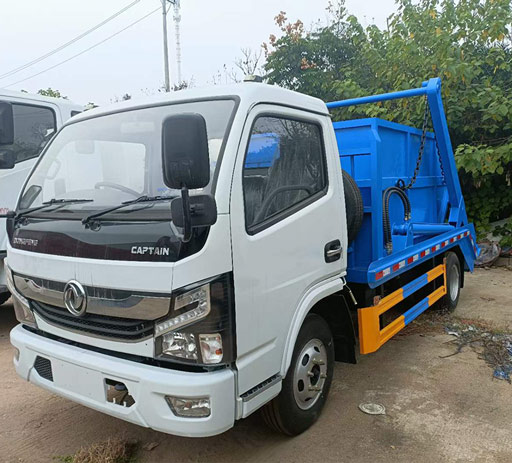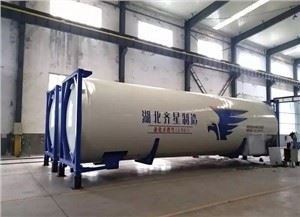Is LPG and Propane the Same? A Comprehensive Guide

Introduction
In the world of energy and fuel, terms like LPG (Liquefied Petroleum Gas) and propane are often used interchangeably. However, many people remain uncertain about whether LPG and propane are the same or if there are key differences between them. Understanding these differences is essential for making informed decisions regarding energy usage for heating, cooking, and other applications. This comprehensive guide delves into the definitions, uses, differences, and other critical aspects of LPG and propane, aiming to clarify any confusion surrounding these two fuel sources.
Understanding LPG and Propane
To grasp the relationship between LPG and propane, it’s essential to understand what each term means.
What is LPG?
LPG stands for Liquefied Petroleum Gas, a mixture of hydrocarbons, primarily consisting of propane and butane. It is produced during natural gas processing and oil refining. LPG is popular for various uses, including heating, cooking, and powering vehicles.
What is Propane?
Propane is one of the key components of LPG and is a specific type of hydrocarbon (C3H8). It is derived from natural gas and petroleum, making it a readily available and efficient fuel. Propane is known for its versatility and is commonly used in household applications, industrial processes, and as a fuel for propane-powered vehicles.
Key Differences Between LPG and Propane
While LPG and propane are closely related, there are significant differences that set them apart.
LPG Composition
LPG typically consists of a mixture of propane and butane. The exact ratio can vary depending on the source and application, but it usually contains around 60% propane and 40% butane.
Uses and Applications
Both LPG and propane have various applications, but their suitability can differ based on the context:
Uses of LPG
- Heating systems in homes and businesses.
- Cooking appliances, such as stoves and ovens.
- Fuel for vehicles, often referred to as autogas.
- Recreational uses, such as in RVs and camping equipment.

Uses of Propane
- Commonly used in gas grills and outdoor cookers.
- Heating residential and commercial spaces.
- As a fuel for forklifts and other industrial equipment.
- Utilized in agriculture for crop drying and heating.
Energy Content
Propane has a higher energy content per unit volume than butane, making it a more efficient option for heating and cooking purposes. The energy content of propane is approximately 91,500 BTUs per gallon, while butane sits around 84,000 BTUs per gallon.
Storage and Transportation
Both LPG and propane can be stored in liquid form in pressurized tanks. However, propane has a lower boiling point, which allows it to vaporize more easily. This characteristic makes propane more suitable for cold climates, where storing butane may become challenging.
Practical Examples of LPG and Propane Usage
Heating Your Home
Both LPG and propane can be used in heating systems. For instance, homeowners may choose LPG for central heating, using a boiler that can accommodate both propane and butane. Conversely, individuals living in regions with extreme winter conditions may prefer propane due to its efficiency in lower temperatures.
Cooking with LPG and Propane
Many restaurant kitchens use LPG due to its high energy content and flexibility. Propane is often the fuel of choice for outdoor grills, thanks to its portability and ease of use.
Environmental Impact of LPG and Propane
When considering the environmental effects of these fuels, both LPG and propane are cleaner-burning than many other fossil fuels, such as coal or oil. This attribute results in lower emissions of carbon dioxide and other pollutants, making them a preferable choice for reducing environmental impact.
Carbon Emissions
Propane produces approximately 60% less CO2 than heating oil and 30% less than coal when burned, showcasing its potential as a cleaner energy source.
Renewable Options
The advent of renewable propane, derived from plant and animal waste, provides an even more sustainable option, further reducing the carbon footprint of using propane and LPG.
Safety Considerations for LPG and Propane

Safety is paramount when dealing with any type of fuel, including LPG and propane. Understanding proper handling, storage, and emergency procedures is critical.
Handling and Storage
Both LPG and propane should be stored in well-ventilated areas away from sources of ignition. Users should regularly check for gas leaks, using soapy water on connections to identify escaping gas by observing bubble formation.
Emergency Procedures
In the event of a leak, evacuate the area immediately and contact emergency services. Being educated about safety measures is vital to preventing accidents.
Commercial and Industrial Uses of LPG and Propane
In addition to residential applications, LPG and propane have various commercial and industrial uses.
Industrial Heating
Industries often use LPG for heating processes in manufacturing, as it provides consistent and controlled heating capabilities.

Transportation and Autogas
Many commercial fleets utilize propane as an alternative to gasoline. This switch can significantly reduce fuel costs while also having a reduced environmental impact.
Future of LPG and Propane
As environmental concerns continue to rise, the future of LPG and propane looks promising but will likely shift towards more sustainable practices. Innovations in renewable propane and stricter regulations may influence their use in the energy landscape.
Renewable Energy and Sustainability
The push for renewable energy sources is causing a focus shift towards sustainable propane options, leveraging agricultural waste as raw materials for production.
FAQs About LPG and Propane
Are LPG and propane the same thing?
No, they are not the same. LPG includes a mixture of propane and butane, while propane is just one component of LPG.
Can I use propane appliances with LPG?
This depends on the appliance’s design. Some can accommodate both fuels, but it’s crucial to check the specifications before switching fuels.
Is one fuel safer than the other?
Both LPG and propane can be equally safe when handled correctly. It’s essential to follow safety guidelines when using either fuel.
Which is more cost-effective?
The cost can vary based on location and market conditions. Generally, propane can be cheaper than LPG due to its higher energy content and efficiency.
What should I do if I smell gas?
If you smell gas, evacuate the area immediately and contact emergency services. Do not use electrical switches or flames.
Is LPG environmentally friendly?
Yes, LPG burns cleaner than many fossil fuels, resulting in lower carbon emissions and air pollutants.
